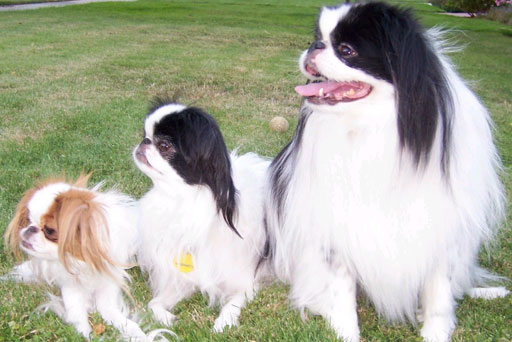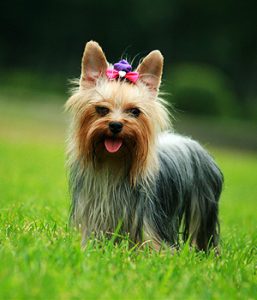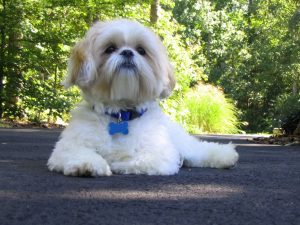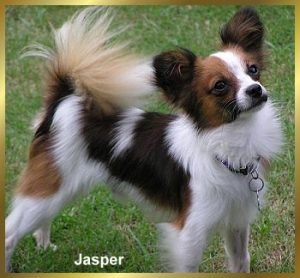Japanese Chin Spaniel
Adopt a Charming Japanese Chin Spaniel Today

-
Breed Group : TOY
-
Origin : Japan
-
Average Height : 8" - 11"
-
Average Weight : 4 - 9 lbs.
-
Life Span : 10 - 15 years
Photo Courtesy of : Japanese Chin Care & Rescue Efforts
-
Size
1 2 3 4 5 6 7 8 9 10 -
Energy
1 2 3 4 5 6 7 8 9 10 -
Intelligence
1 2 3 4 5 6 7 8 9 10 -
Ease of Training
1 2 3 4 5 6 7 8 9 10 -
Hypo-Allergenic
1 2 3 4 5 6 7 8 9 10 -
Shedding
1 2 3 4 5 6 7 8 9 10 -
Good with Kids
1 2 3 4 5 6 7 8 9 10 -
Good with Other Pets
1 2 3 4 5 6 7 8 9 10 -
Guard Dog
1 2 3 4 5 6 7 8 9 10







